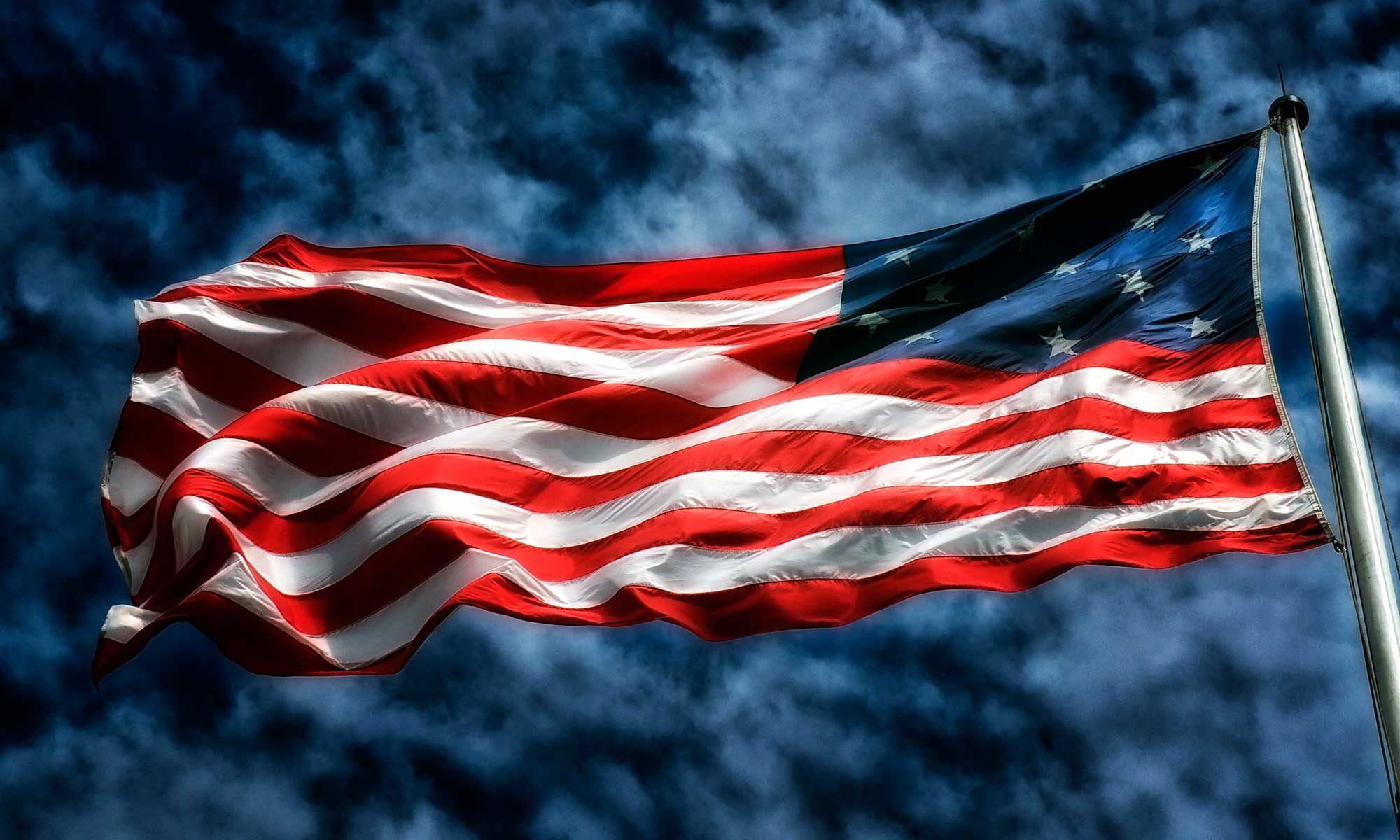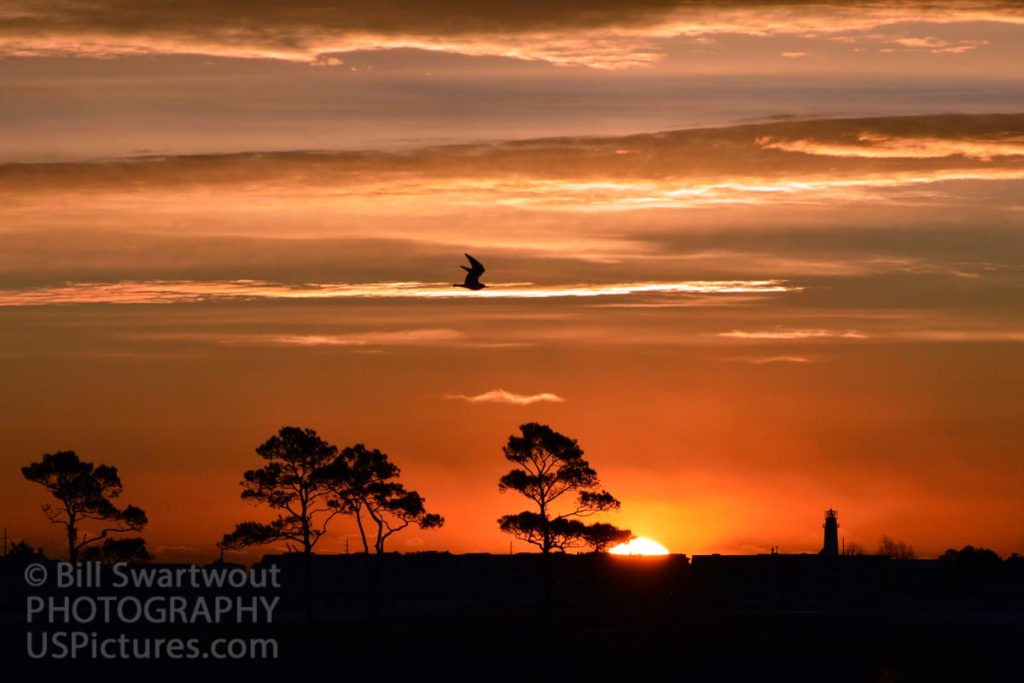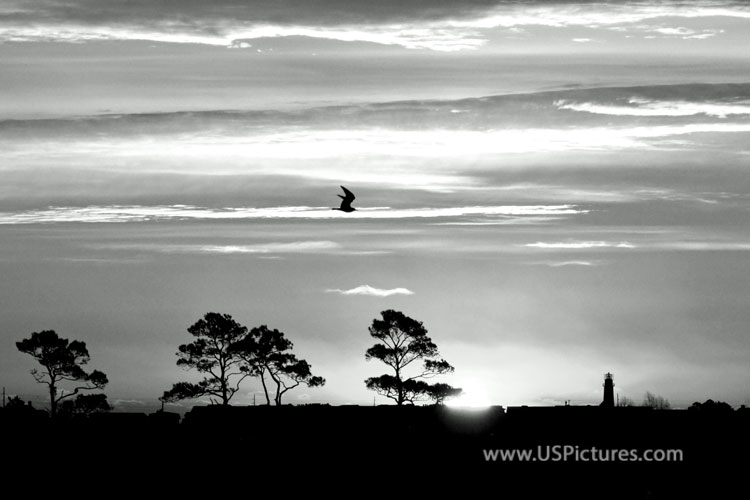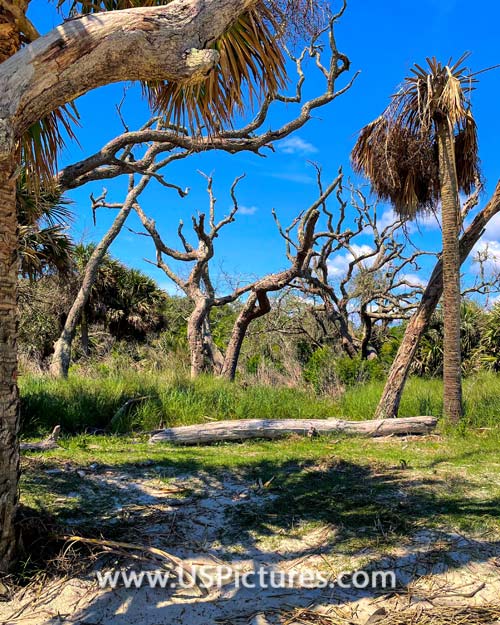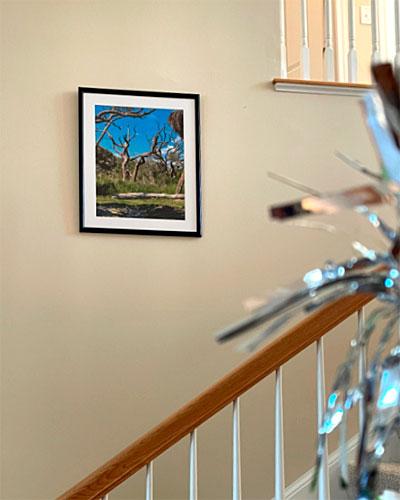A Great Blue Heron hides among the marsh grasses fishing for a meal.
Fishing is a way of life in Murrells Inlet, and not just for those make their living at it. Fishing, both within the creek and in the ocean is a part of the history, a bond with the place and even among the inhabitants – both the humans and the lesser beasts and critters.
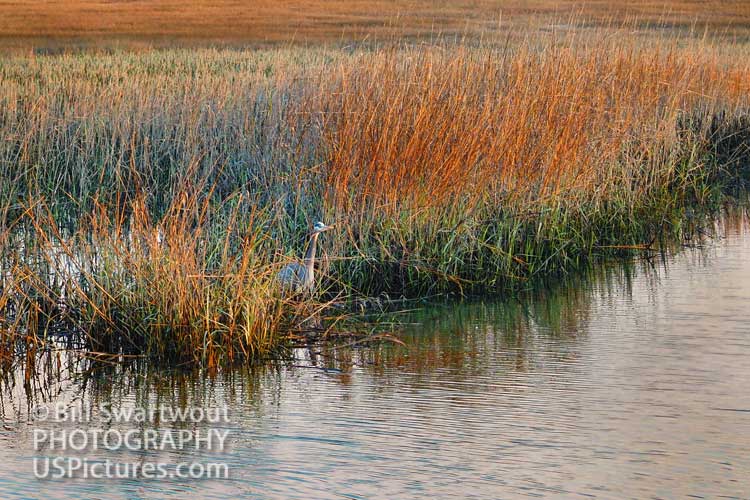
As the fishing depends on the fish, so the fish depend on the marsh and the entire ecosystem. This symbiotic relationship gives rise to some beautiful and unique scenery – that often looks as good in black and white as it does in full color.
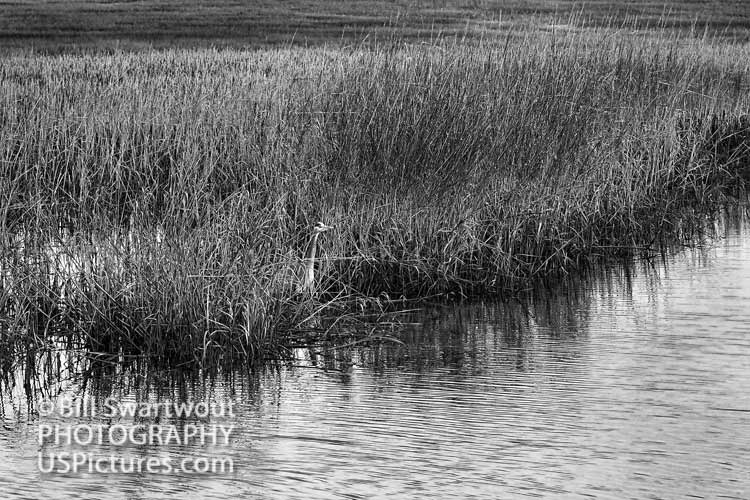
From the time of its formation about 6,000 years ago, the Murrells
Inlet saltmarsh has been a source of food for local inhabitants. Native
Americans depended on the marsh for the seasonal provision of clams,
oysters, and fish, a tradition which persisted through colonial and
plantation times, and continues today. In the 20th century, recreational
and commercial fishing broadened and increased local dependence
upon the marsh.
Click the links below to see the wall art substrates available for these photographs.
Link: Lurking in the Marsh at Murrells Inlet SC
Link: Lurking in the Marsh at Murrells Inlet Monochrome
Link to: Bill’s full Gallery at Pictorem
Link to: Bill’s Gallery hosted by Fine Art America
Saltmarshes like Murrells Inlet provide a rich and sheltered habitat for
fish, from baitfish like Mummichog and striped mullet on up to gamefish of the nearshore ocean, such as grouper. (Just naming two of many examples here.) This is because of the abundance and variety of food available within the marsh, and the relative absence of large predators (that Blue Heron notwithstanding). Scientists have found that more than 75 percent of nearshore ocean fish use the marsh at some stage of their life-cycle, for spawning, for juvenile growth and/or for a seasonal food source.
From an environmental standpoint, maintaining a healthy marsh is essential
to maintaining a healthy ocean fishery. The long view values not only the fish, but the marsh that made the fish and, of course our friend, that long-legged fishing bird, lurking in the marsh.
